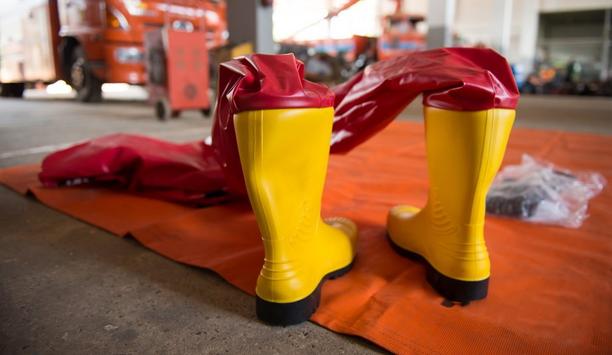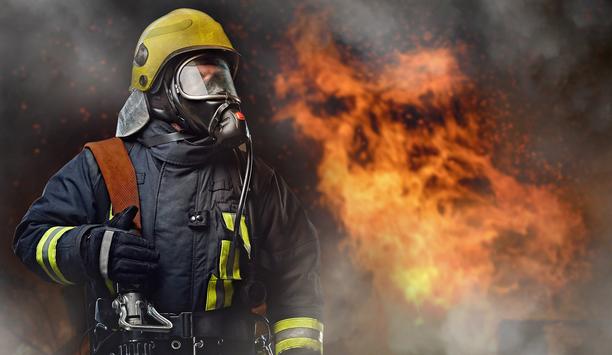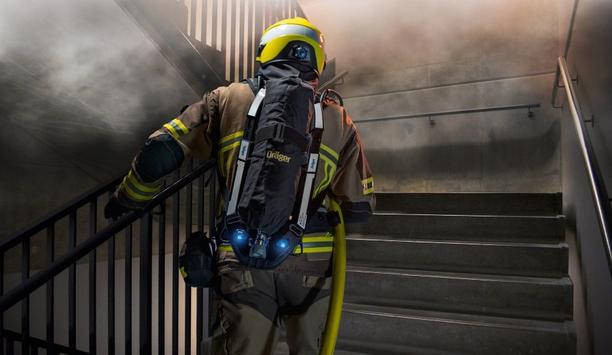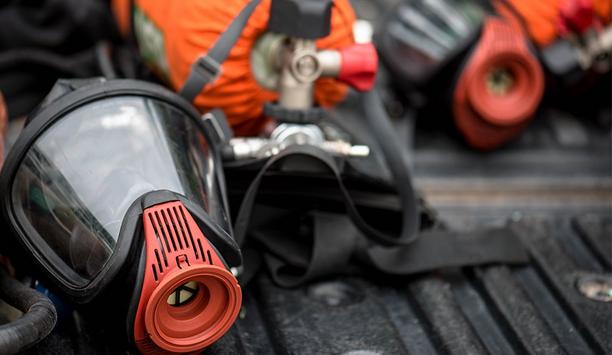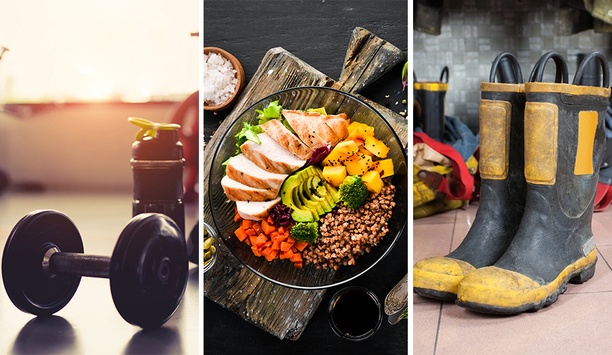Fire conditions and extrication events that firefighters arrive at today are very different from the conditions faced years ago. According to research at Underwriter Laboratories (UL), modern homes contain larger quantities of petroleum-based products and plastics that burn faster and hotter versus traditional and more natural materials.
Rapid fire spread
The result is more rapid and hotter fire growth with exponential increases in heat generation, smoke production and toxicity. Faster flashover and fire propagation, coupled with shorter times to collapse and shorter resident escape times, have changed what firefighters encounter in the average fire and its increased risk to their crews.
On the other side, extrication calls are also on the rise, with multiple risks and an ever-present chance for fire, like with newer electric vehicles.
New risks call for new and improved stationwear
When the call comes in, firefighters rely on their turnout gear (TOG) for protection
When the call comes in, firefighters rely on their turnout gear (TOG) for protection, but serious burn injury can occur right through the TOG. The National Fire Protection Association (NFPA) conducted a study that concluded stationwear contributes to overall thermal protection. However, depending upon the stationwear’s fiber content and material fabrication, it may also contribute to possible burn injuries.
“Our goal at DuPont is to increase firefighters’ safety and we have dedicated years of study to ensuring what they are wearing under their turnout gear doesn’t contribute to more severe injury, as is the case with polyester and to a lesser degree, cotton,” said Jeff Fackler, North American Business Development Director for DuPont.
Facing multiple thermal hazards
As firefighters face multiple thermal hazards, they rely on the protective properties of their uniform to keep them safe. NFPA notes that the second leading cause of firefighter injuries in the United States is exposure to heat and smoke. Unfortunately, there has been a lack of reporting data that would help explain the severity, type and specific contributing factors, such as the clothing worn underneath the structural firefighting ensemble.
Many authorities leave the choice up to the firefighters to determine what stationwear ensemble is to be worn underneath the structural turnout suit. According to the NFPA, the problem with this approach is the lack of knowledge about the risks of wearing non-certified garments, such as synthetics, and the lack of information focusing on factors that contribute to burn injuries.
“We are working with DuPont to educate ourselves on how certified performance garments can help reduce risk of further injury during a fire or extrication,” said Spotsylvania, Virginia Fire Deputy Chief of Support Services, Jason Irby, adding “Stationwear is the last line of defense and the evidence is hard to ignore.”
New Research in Preventing Injuries
DuPont has worked to add to the level of research and discussion around how turnout gear and stationwear can help protect firefighters. DuPont scientists created Thermo-Man, a life-size manikin with 122 thermal sensors used to predict level, extent and location of potential burns of whole garments in simulated flame exposures. The goal is to test material selection and garment designs, and balance protection, mobility and heat stress.
“What we found was that fire will exploit any gaps in turnout gear that may be created as the firefighter bends, climbs and crawls during the firefight,” said Jeff Fackler, adding “As a result, serious burn injury can occur right through the turnout gear, and the role of flame-resistant stationwear is to reduce the severity of that injury. In short, what you wear underneath your gear really does matter.”
Stationwear made from Thermo-Man and Nomex
Findings showed that garments made with Nomex will not melt, drip or support combustion, compared to 100% cotton
DuPont tested stationwear garments using Thermo-Man to analyze and predict the levels of thermal protection that it provides. Stationwear made with Nomex brand fiber is compliant with NFPA 1975. Findings showed that garments made with Nomex will not melt, drip or support combustion, compared to 100% cotton, and Nomex helps reduce the predicted burn injury by 50%, when exposed to a three-second flame.
Firefighters carry, pull, lug and climb with hundreds of pounds of hoses, ladders and other heavy gear. They have to crawl, squat, roll and duck in split-second decisions about their safety. More and more, they face challenges in extrication situations, where the chance of fire is high.
Occupational Athletes
Just like professional athletes, their gear has to be both comfortable and performance-based to allow freedom of movement, breathability and injury prevention. Associate Professor at the Department of Rehabilitation Sciences & Technology at UW-Milwaukee Dr. Kyle Ebersole has been studying the unique physical demands of firefighters for over a decade.
“Firefighters and first responders are occupational athletes,” explains Kyle Ebersole, adding “Their job has some extraordinary physical and psychological demands.”
Performance-enhancing sportswear
Performance-enhancing sportswear like you see in the NFL or the Olympics is relatively new to the sports world. However, DuPont has been working on performance fibers for decades that help first responders perform at their best and help reduce the risk of injury.
Stationwear made with Nomex fiber cools more effectively due to lower moisture pickup and evaporative resistance. The air permeability helps enable more heat and moisture vapor transmission and increases both cooling and breathability.
Enhanced comfort and protection for firefighters
This means more comfort and protection to firefighters in wildfire situations, structural rescue and vehicle rescue
This means more comfort and protection to firefighters in wildfire situations, structural rescue and vehicle rescue situations. They can fight the fight longer with better performance and less risk of exhaustion.
In the sports world, it’s well known that what you wear has a major influence on how your body and muscles move during various levels of activity. For athletes and firefighters alike, “The reality is if you become injured, you can’t work,” said Chief Jason Irby, adding “If I can help my team by providing stationwear that reduces thermal heat, allows them more time to fight a fire or work on getting someone out of a vehicle and it helps prevent burns closest to the skin, it makes total sense.”
Technical advances and smart fabrics
Technical advances and smart fabrics are making stationwear more comfortable and affordable, while allowing for better body heat regulation and adding protection against injury – helping give extra peace of mind to first responders.
“They shouldn’t have to worry if their stationwear and gear is going to protect them,” said Jeff Fackler, adding “And with stationwear made with Nomex, they don’t have to.”



